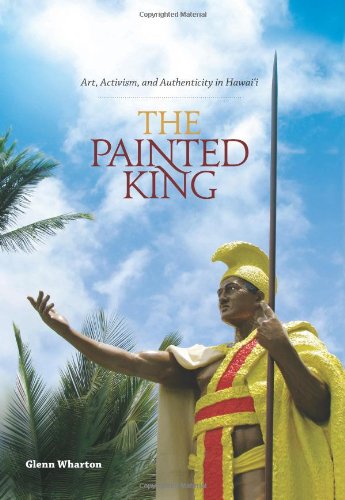

Most ebook files are in PDF format, so you can easily read them using various software such as Foxit Reader or directly on the Google Chrome browser.
Some ebook files are released by publishers in other formats such as .awz, .mobi, .epub, .fb2, etc. You may need to install specific software to read these formats on mobile/PC, such as Calibre.
Please read the tutorial at this link: https://ebookbell.com/faq
We offer FREE conversion to the popular formats you request; however, this may take some time. Therefore, right after payment, please email us, and we will try to provide the service as quickly as possible.
For some exceptional file formats or broken links (if any), please refrain from opening any disputes. Instead, email us first, and we will try to assist within a maximum of 6 hours.
EbookBell Team

0.0
0 reviewsThe Painted King is Wharton's account of his efforts to conserve the Kohala Kamehameha statue, but it is also the story of his journey to understand the statue's meaning for the residents of Kapa`au. He learns that the townspeople prefer the "more human" (painted) Kamehameha, regaling him with a parade, chants, and leis every Kamehameha Day (June 11). He meets a North Kohala volunteer who decides to paint the statue's sash after respectfully consulting with kahuna (Hawaiian spiritual leaders) and the statue itself. A veteran of public art conservation, Wharton had never before encountered a community that had developed such a lengthy, personal relationship with a civic monument. Going against the advice of some of his peers and ignoring warnings about "going native," Wharton decides to involve the people of Kapa`au in the conservation of their statue and soon finds himself immersed in complex political, social, and cultural considerations, including questions about representations of the Native Hawaiian past: Who should decide what is represented and how? And once a painting or sculpture exists, how should it be conserved?
The Painted King examines professional authority and community involvement while providing a highly engaging and accessible look at "activist conservation" at work, wherever it may be found.